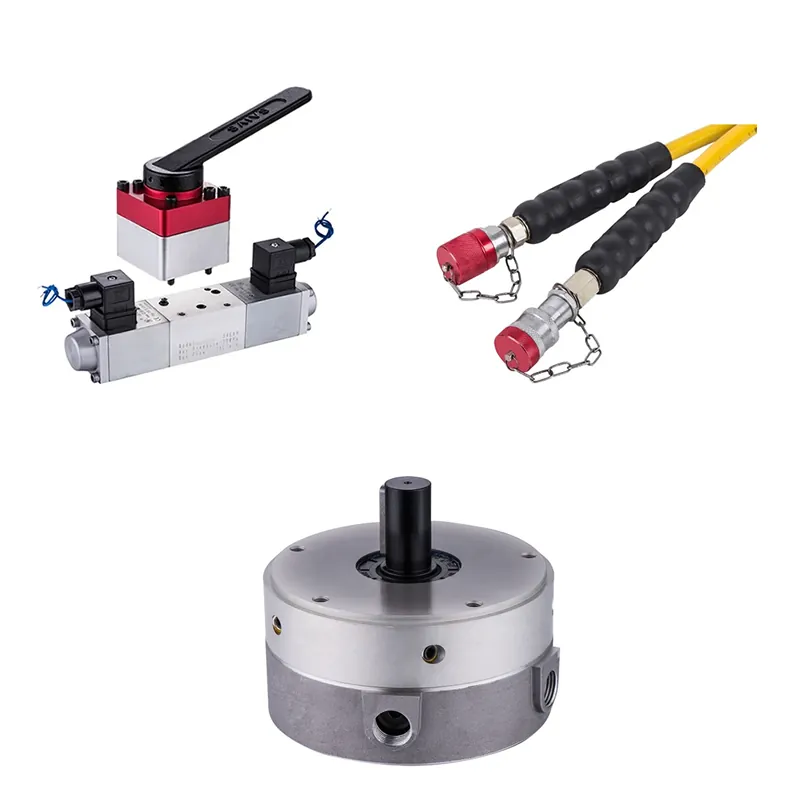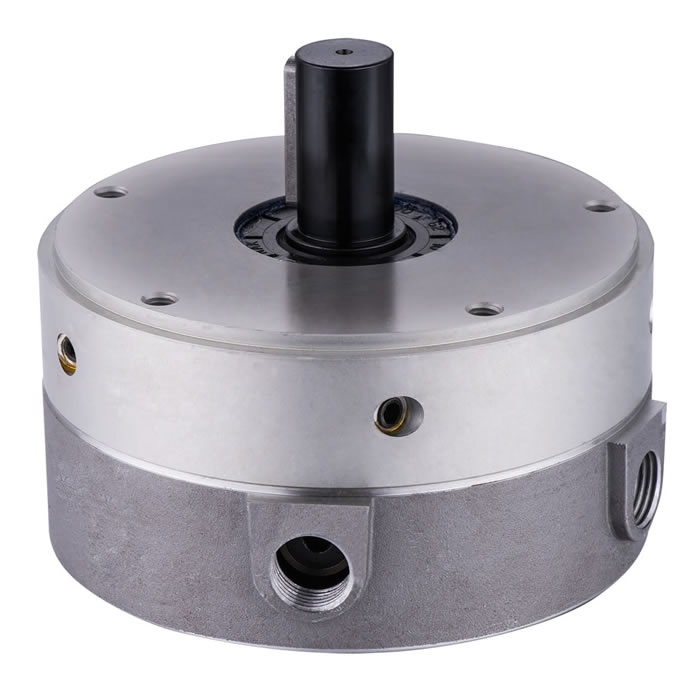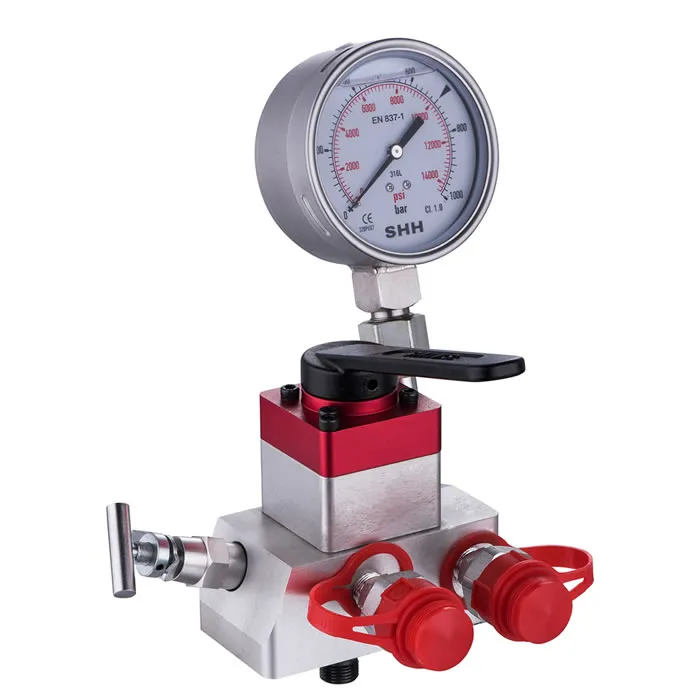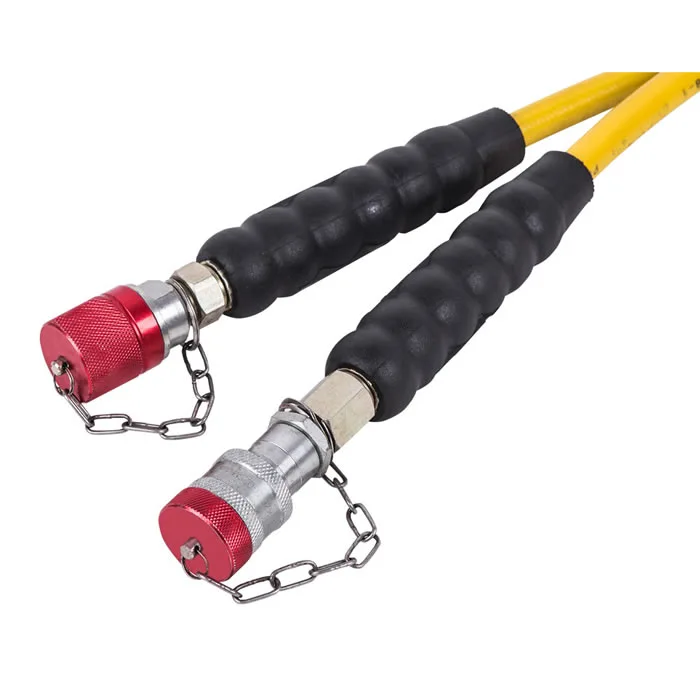Decoding the Mysteries of Hydraulic Component Wear
Introduction
Hydraulic Systems are essential for a wide range of applications, from industrial machinery to construction equipment.
However, Hydraulic Components are subject to wear and tear, which can lead to system failures.
Understanding the causes of Hydraulic component wear is essential for preventing these failures and ensuring the reliability of hydraulic systems.
System Elements That Need Maintenance
Pumps:
Pumps are the heart of any hydraulic system, and they are subject to a great deal of wear and tear. Pump wear can be caused by a variety of factors, including:
Contamination:
Contaminants in the hydraulic fluid can cause abrasive wear on the pump's internal components.
Overheating:
Overheating can cause the pump's components to expand and rub against each other, causing wear.
Improper lubrication:
Improper lubrication can lead to friction and wear on the pump's components.
Valves control the flow of fluid in a hydraulic system. Valve wear can be caused by a variety of factors, including:
Contaminants in the hydraulic fluid can cause abrasive wear on the valve's components.
Overpressure:
Overpressure can cause the valve's components to deform or rupture, causing wear.
Improper lubrication can lead to friction and wear on the valve's components.
Cylinders:
Cylinders are used to convert hydraulic fluid pressure into mechanical force. Cylinder wear can be caused by a variety of factors, including:
Contaminants in the hydraulic fluid can cause abrasive wear on the cylinder's components.
Overpressure can cause the cylinder's components to deform or rupture, causing wear.
Improper lubrication can lead to friction and wear on the cylinder's components.
Lines and hoses:
Lines and hoses transport hydraulic fluid throughout the system. Line and hose wear can be caused by a variety of factors, including:
Corrosion:
Corrosion can cause the lines and hoses to weaken and rupture.
Mechanical damage:
Mechanical damage, such as from sharp objects or impact, can cause the lines and hoses to rupture.
Types of Hydraulic Component Wear
Hydraulic component wear can be classified into two main types:
Abrasive wear: Abrasive wear is caused by the friction of hard particles against the surface of a component.
These particles can come from a variety of sources, such as dirt, sand, or metal chips.
Corrosive wear: Corrosive wear is caused by the chemical reaction of a fluid or gas with the surface of a component.
This reaction can cause the surface to weaken and eventually rupture.
Preventive Maintenance of Hydraulic Components
Regularly inspect the system for signs of wear and damage.
This inspection should include a visual inspection of all components, as well as a functional test of the system.
Change the hydraulic fluid according to the manufacturer's recommendations.
Fresh hydraulic fluid will help to flush out contaminants and protect the components from wear.
Use the correct type of hydraulic fluid for the application. The wrong type of hydraulic fluid can lead to premature wear and damage.
Properly lubricate the components. Lubrication helps to reduce friction and wear.
Operate the system within the manufacturer's specifications. Overworking the system can lead to premature wear and damage.
By following these preventive maintenance measures, you can help to extend the life of your hydraulic components
and ensure the reliability of your hydraulic system.
From identifying low hydraulic fluid symptoms to addressing issues with Hydraulic Cylinders, a range of solutions exists to keep your systems operational for years.
Why Choose SAIVS™ as Your Supplier?
With 20 years of industry experience, SAIVS is a leading Chinese manufacturer of high-quality tools, offering competitive pricing and excellent customer service.We pride ourselves on exceptional quality control, extensive experience, and comprehensive after-sales service.



